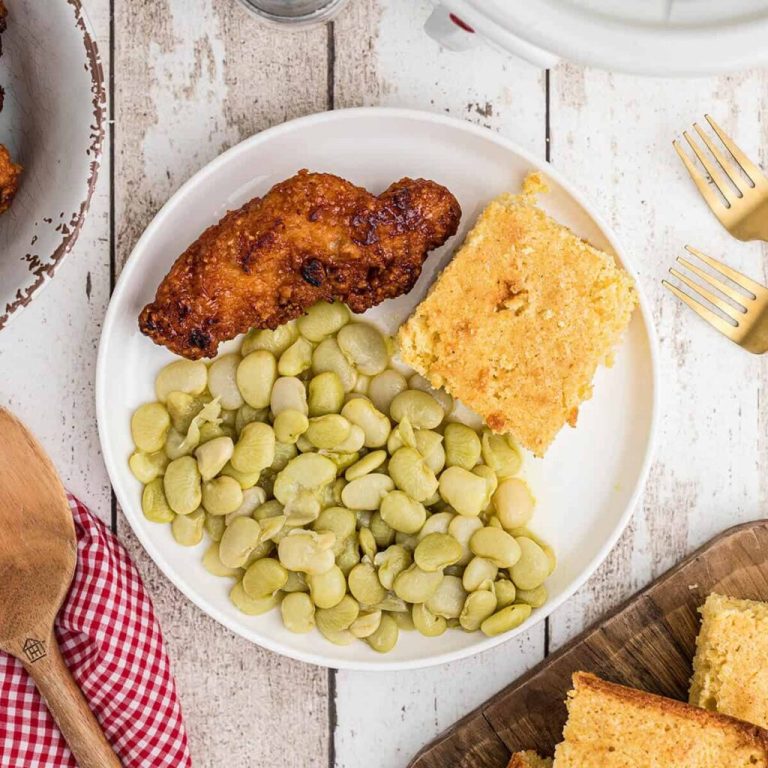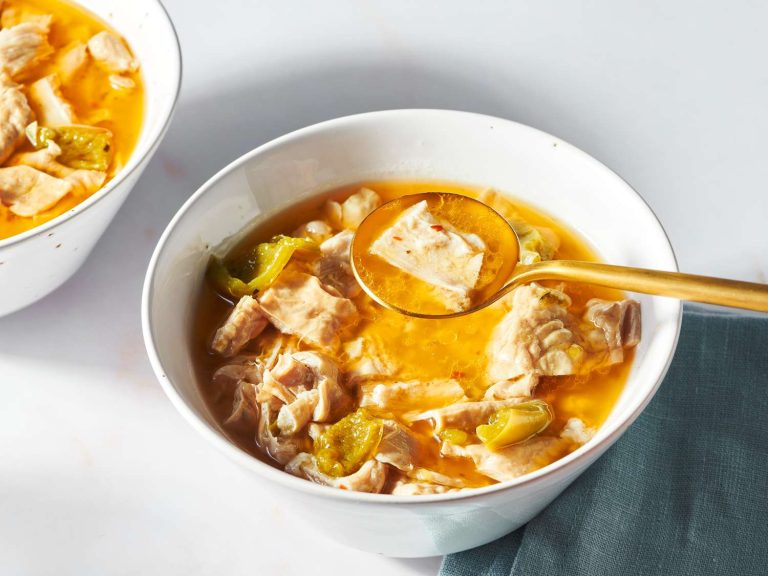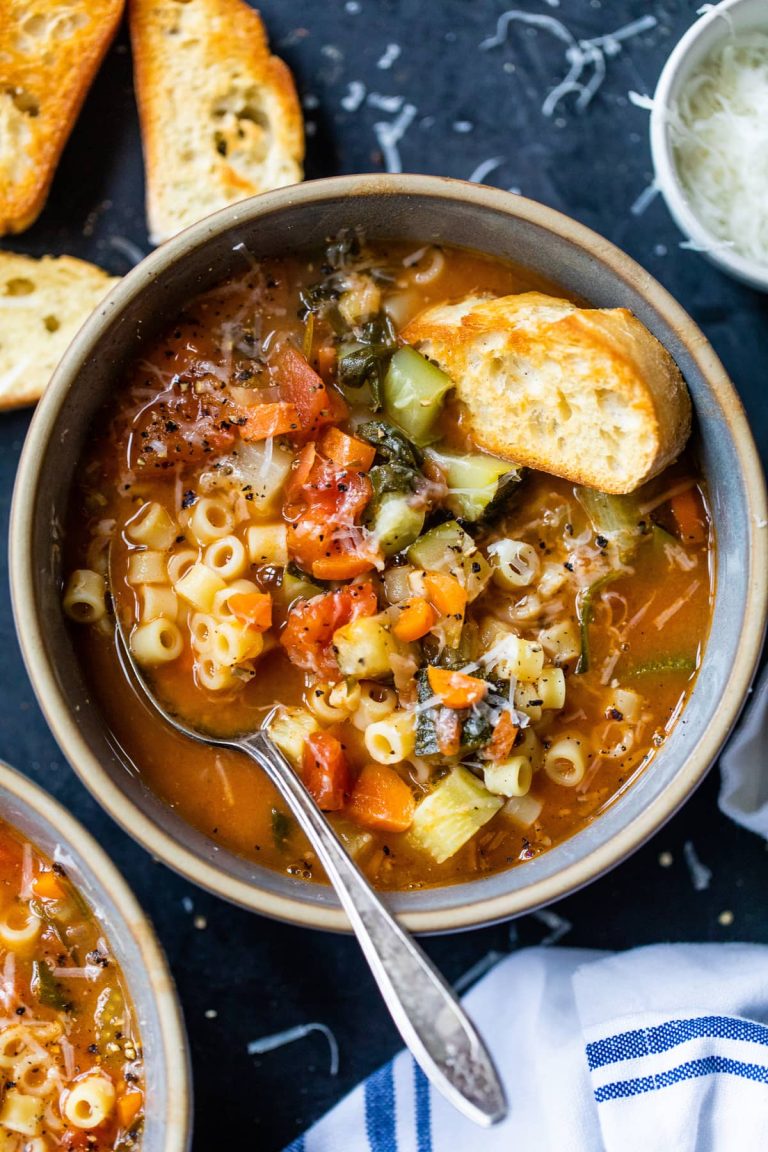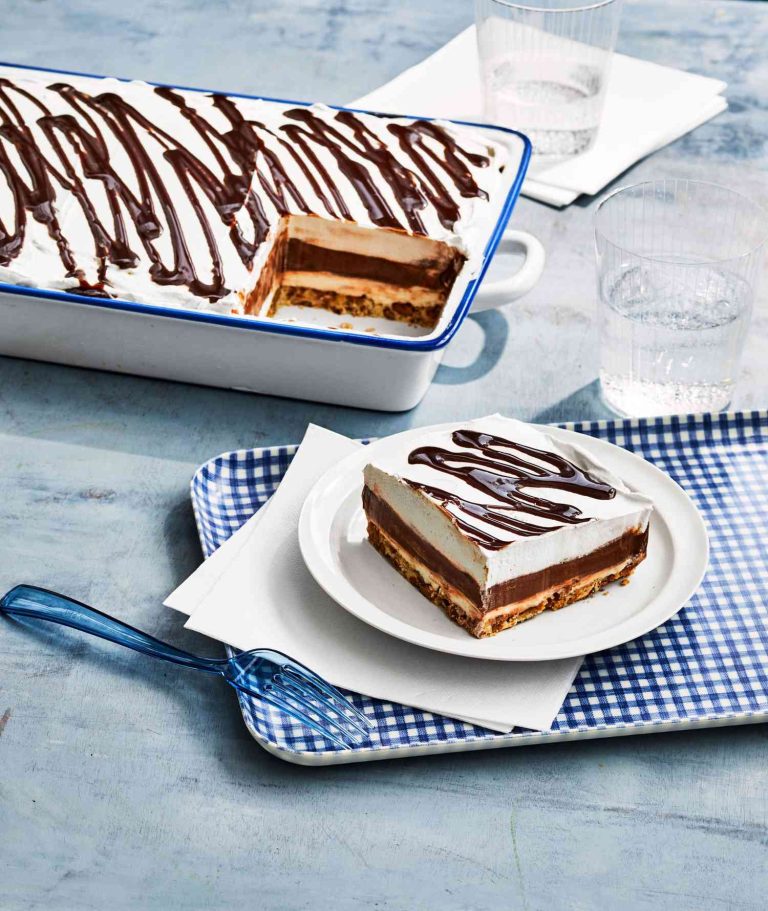Sour Cherry Pie Recipe
Sour cherry pie has deep roots in various culinary traditions. Historians trace its origin back to Europe, where sour cherries flourished in countries like Germany and Hungary. The pie found its way into American kitchens through European settlers who brought cherry trees and their cherished recipes. In the United States, sour cherry pie quickly became a favorite, especially in cherry-growing regions like Michigan.
The pie’s cultural significance shines during celebrations and holidays. In European countries, it’s a staple in festive events and family gatherings. During the summer, the United States sees numerous cherry festivals showcasing this delightful dessert. These events highlight how sour cherry pie connects people across generations and geographies, creating a shared culinary heritage.
Evolution of Recipes Through Time
Sour cherry pie recipes have evolved significantly over time. Early recipes featured simple ingredients: sour cherries, sugar, and a basic pastry crust. By the 19th century, American cookbooks included more elaborate versions, incorporating spices like cinnamon and nutmeg to enhance the flavor.
In the 20th century, variations flourished as bakers experimented with different ingredients and techniques. Some recipes introduced almond extract for an added depth of flavor, while others included lattice crusts, giving the pie an aesthetic appeal. Modern recipes often integrate healthier alternatives, such as using less sugar or gluten-free crusts, catering to contemporary dietary preferences.
The evolution of sour cherry pie recipes reflects broader culinary trends and changing tastes, yet the essence of this beloved dessert remains. The tartness of sour cherries balanced with a sweet, flaky crust continues to captivate taste buds, proving the timeless appeal of sour cherry pie.
Key Ingredients of Sour Cherry Pie
Choosing the Right Cherries
Selecting the right cherries determines the pie’s flavor. Sour cherries, like Montmorency or Morello varieties, work best. These cherries, known for their tartness, balance the pie’s sweetness. Fresh cherries, available during cherry season, provide the best flavor. When fresh cherries aren’t available, opt for frozen or canned tart cherries packed in water or light syrup. Ensure you drain and pat them dry to avoid excess liquid in the filling. Use around 4-5 cups of cherries for a 9-inch pie.
Essential Spices and Flavorings
Spices and flavorings enhance your sour cherry pie’s taste. Common spices include cinnamon, allspice, and nutmeg. For a 9-inch pie, use 1 teaspoon of cinnamon, 1/4 teaspoon of allspice, and 1/4 teaspoon of nutmeg. Vanilla extract adds depth; 1 teaspoon suffices. Almond extract complements cherries; consider adding 1/4 teaspoon. Sugar, both granulated and brown, sweetens the tart cherries. Use about 1 to 1.5 cups of sugar, adjusting to taste. Cornstarch or tapioca starch thickens the filling. Typically, 3-4 tablespoons of cornstarch or 2-3 tablespoons of tapioca starch ensures the filling sets properly without being too liquid.
Baking the Perfect Sour Cherry Pie
Preparing the Crust
Create a flaky, buttery crust by blending 2 1/2 cups of all-purpose flour with 1 cup of cold, unsalted butter cut into small cubes. Add 1/4 teaspoon of salt, then gradually incorporate 6-8 tablespoons of ice water until the dough holds together. Divide the dough into two discs, wrap in plastic wrap, and chill for at least 1 hour. Roll out one disc on a floured surface to fit your pie pan, ensuring the edges overhang slightly. Save the second disc for the top crust, which can be rolled out just before adding the filling.
Balancing Sweetness and Tartness
Ensure a balanced filling with 5 cups of pitted sour cherries, like Montmorency or Morello varieties. Mix the cherries with 1 cup of granulated sugar and 1/4 cup of cornstarch. Add 1/2 teaspoon of almond extract and 1 teaspoon of vanilla extract for depth of flavor. Allow the mixture to sit for 20 minutes to release the cherry juices and allow the cornstarch to start thickening. The tartness of the cherries combined with the sweet crust and sugar creates a perfect harmony of flavors in each bite.
Recommended Pairings
Beverages to Complement Sour Cherry Pie
Enhance the experience of sour cherry pie with the right beverages. Enjoy your slice with coffee (brewed, espresso, cappuccino), as its bitterness contrasts the pie’s sweetness. Alternatively, serve with tea (black, herbal, green) for a milder pairing that’s less intense than coffee. Opt for dessert wines (Port, Madeira, Sauternes) if you prefer a more indulgent choice. Each wine’s sweetness harmonizes with the tart cherries. For non-alcoholic options, try milk (whole, almond, oat), which balances the pie’s acidity.
Ideal Occasions for Sour Cherry Pie
Sour cherry pie suits various occasions. Serve it at summer picnics when cherries are in season, offering a refreshing dessert. During Thanksgiving, it can be a delightful alternative to traditional pies, adding a unique tartness to the dessert table. Provide it at family gatherings since its nostalgic appeal can evoke memories for guests. Consider serving it at holiday parties, as its bright flavor and rich colors complement festive atmospheres.
Conclusion
Sour cherry pie isn’t just a dessert; it’s a slice of history and tradition that brings people together. Its unique balance of tart and sweet flavors makes it a standout treat for any occasion. Whether you’re enjoying it with a cup of coffee or serving it at a festive gathering, sour cherry pie offers a delightful experience that’s hard to beat. So next time you’re looking for a dessert that combines rich heritage with mouthwatering taste, consider baking or serving a sour cherry pie. Your taste buds and guests will thank you.






